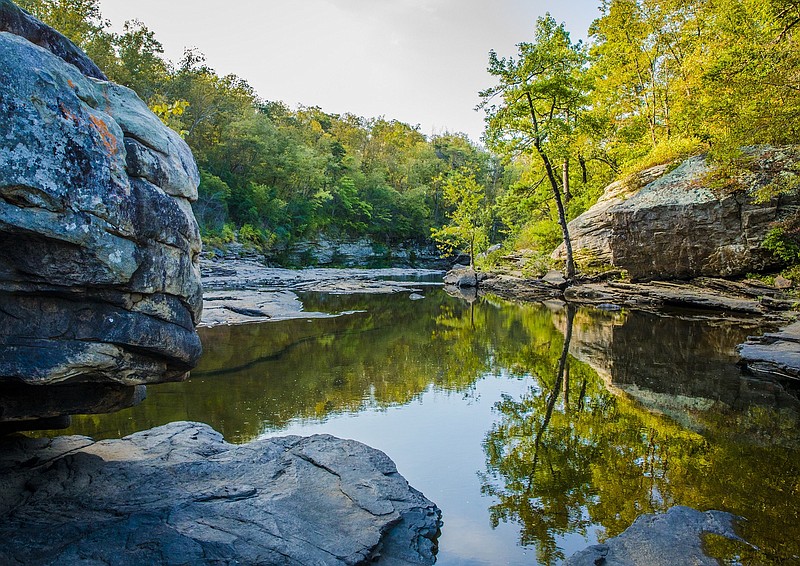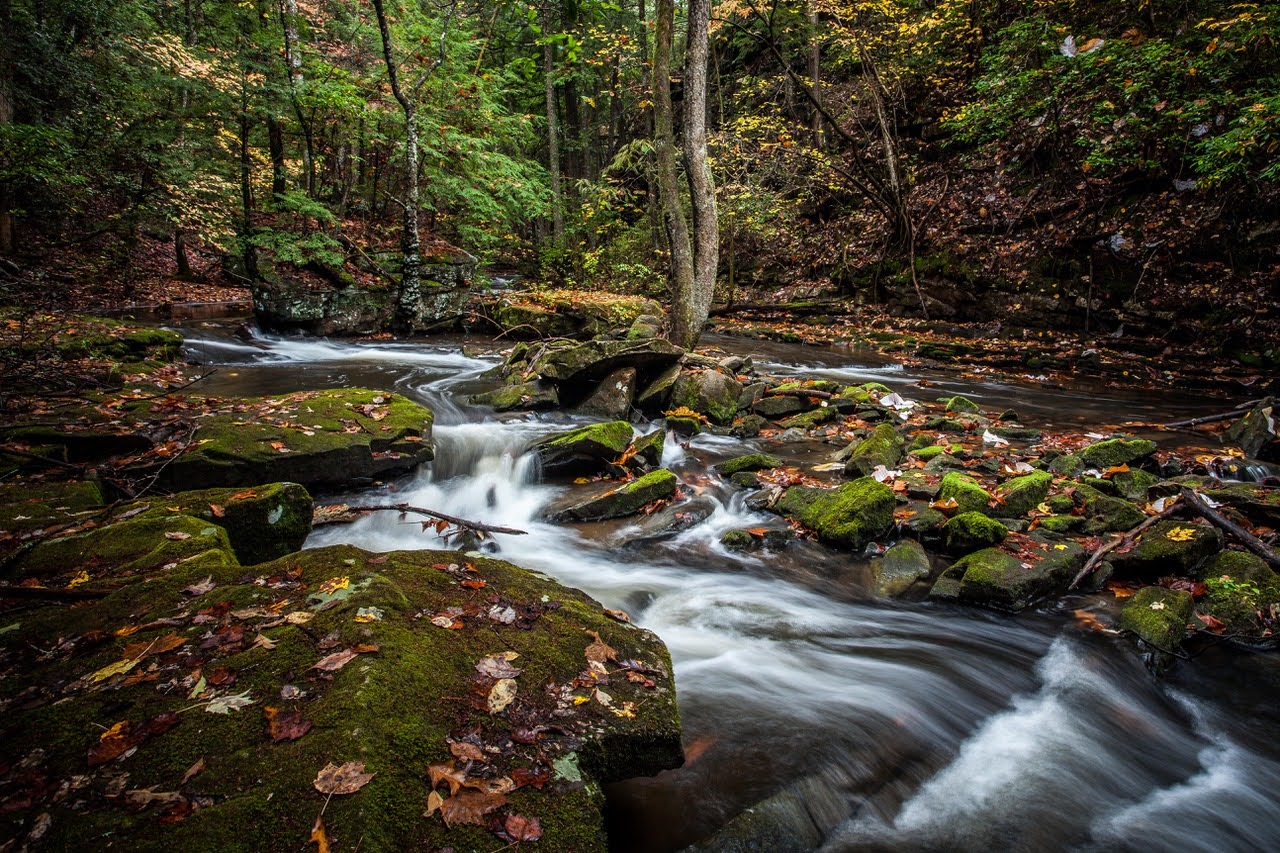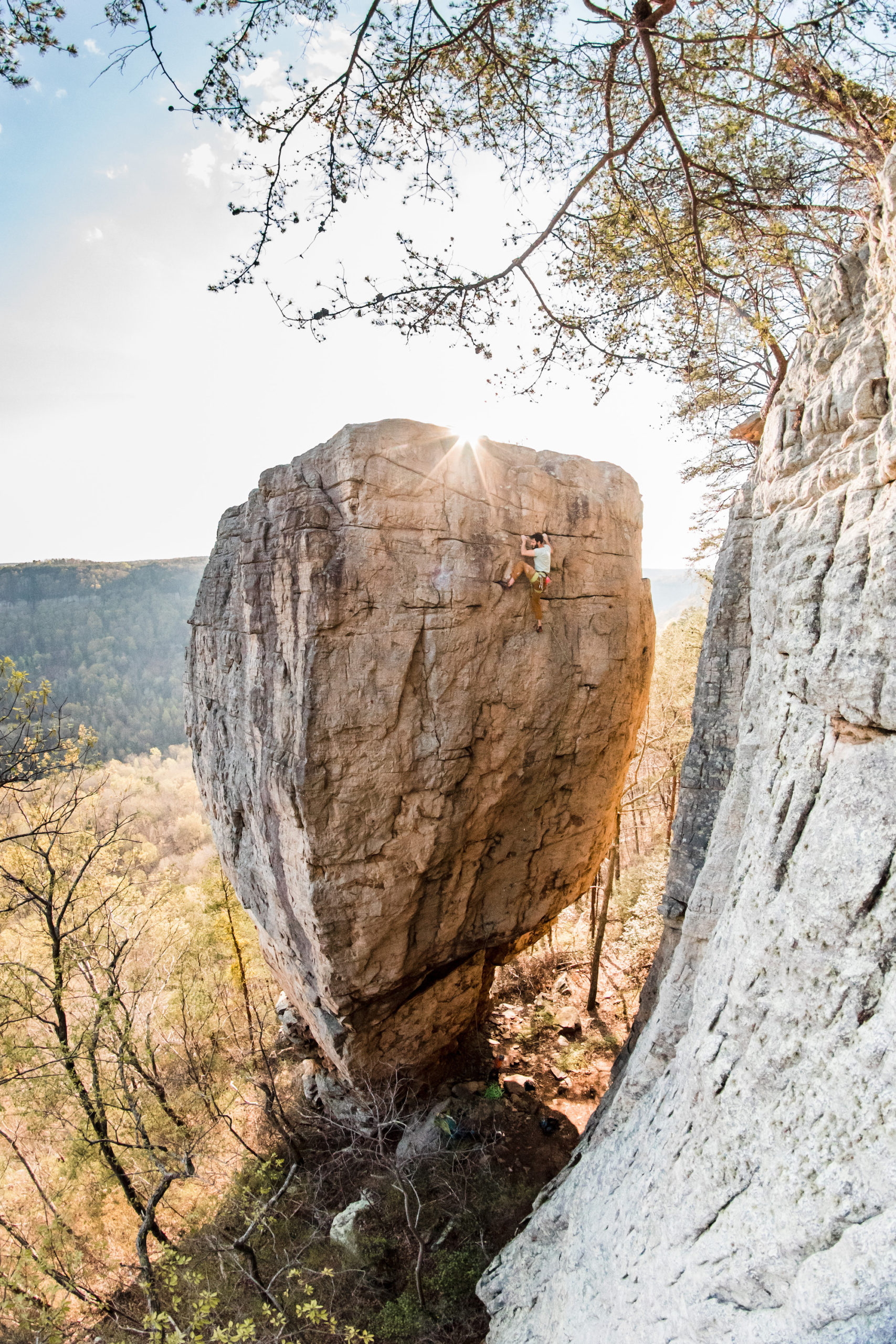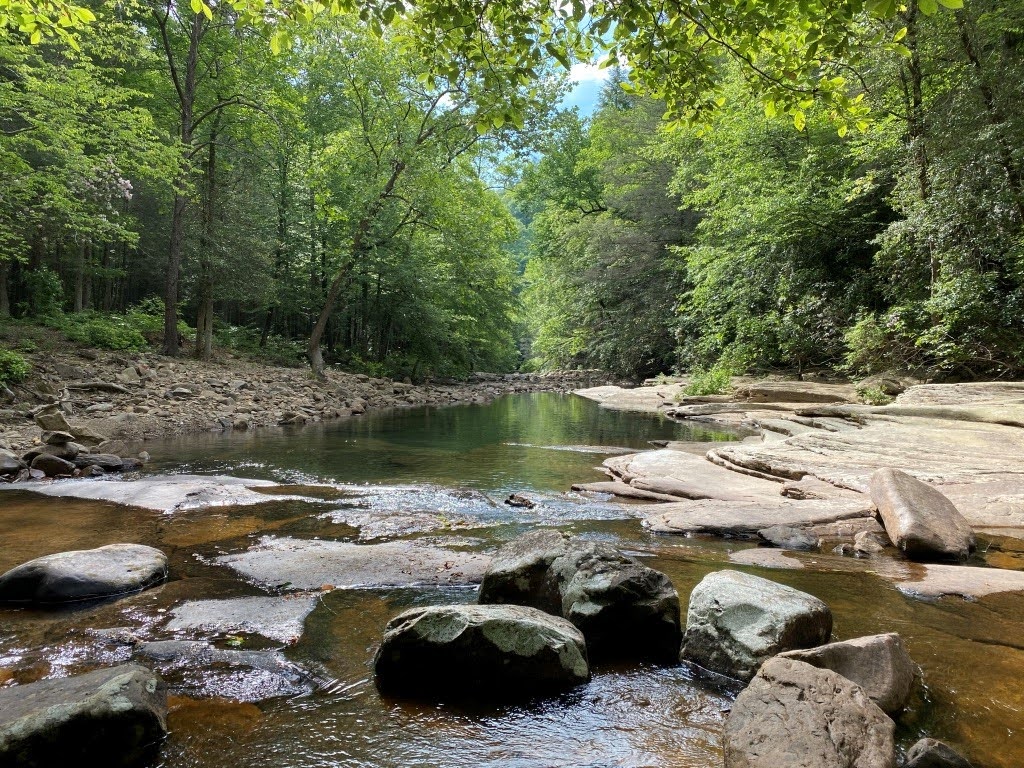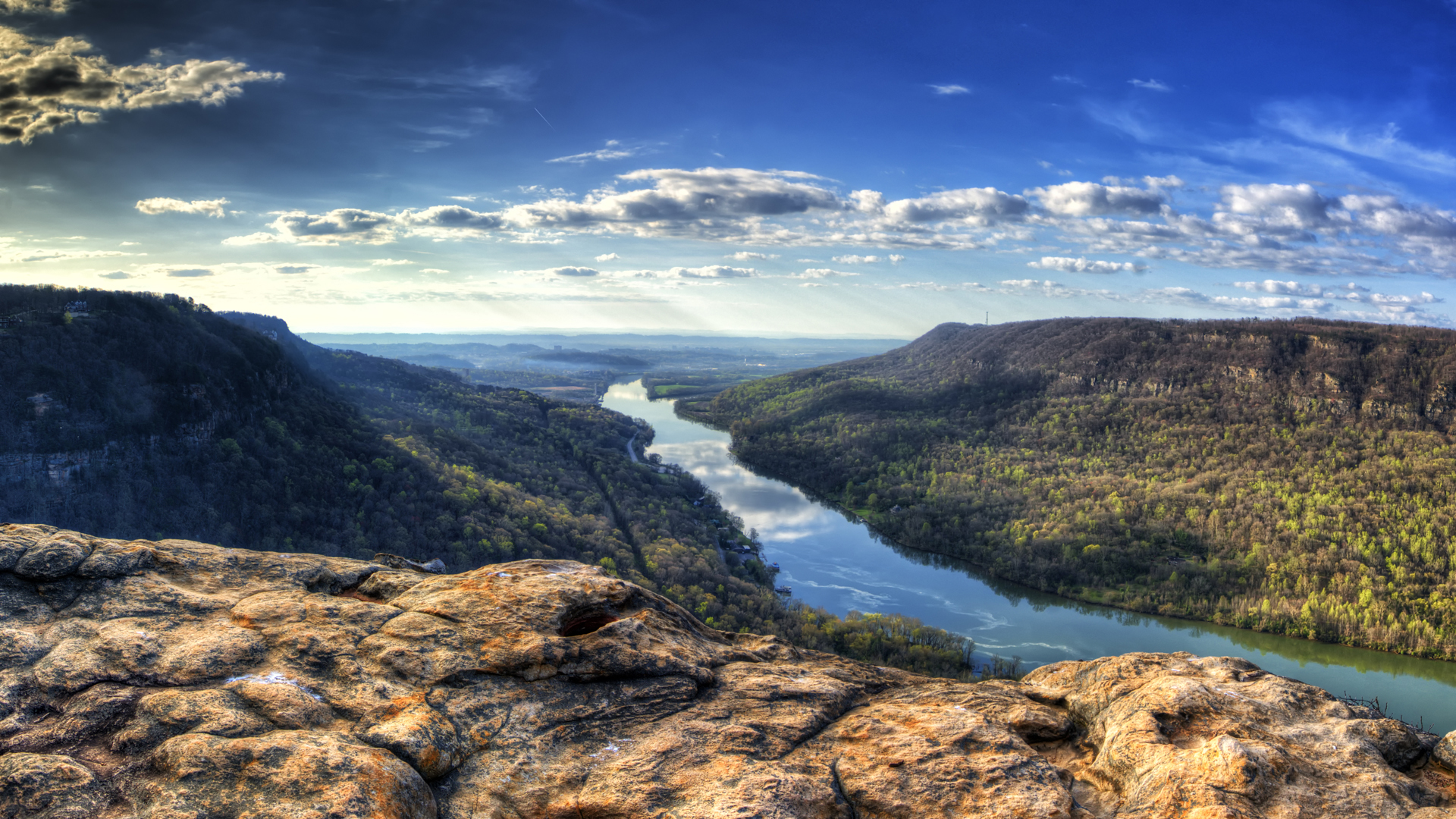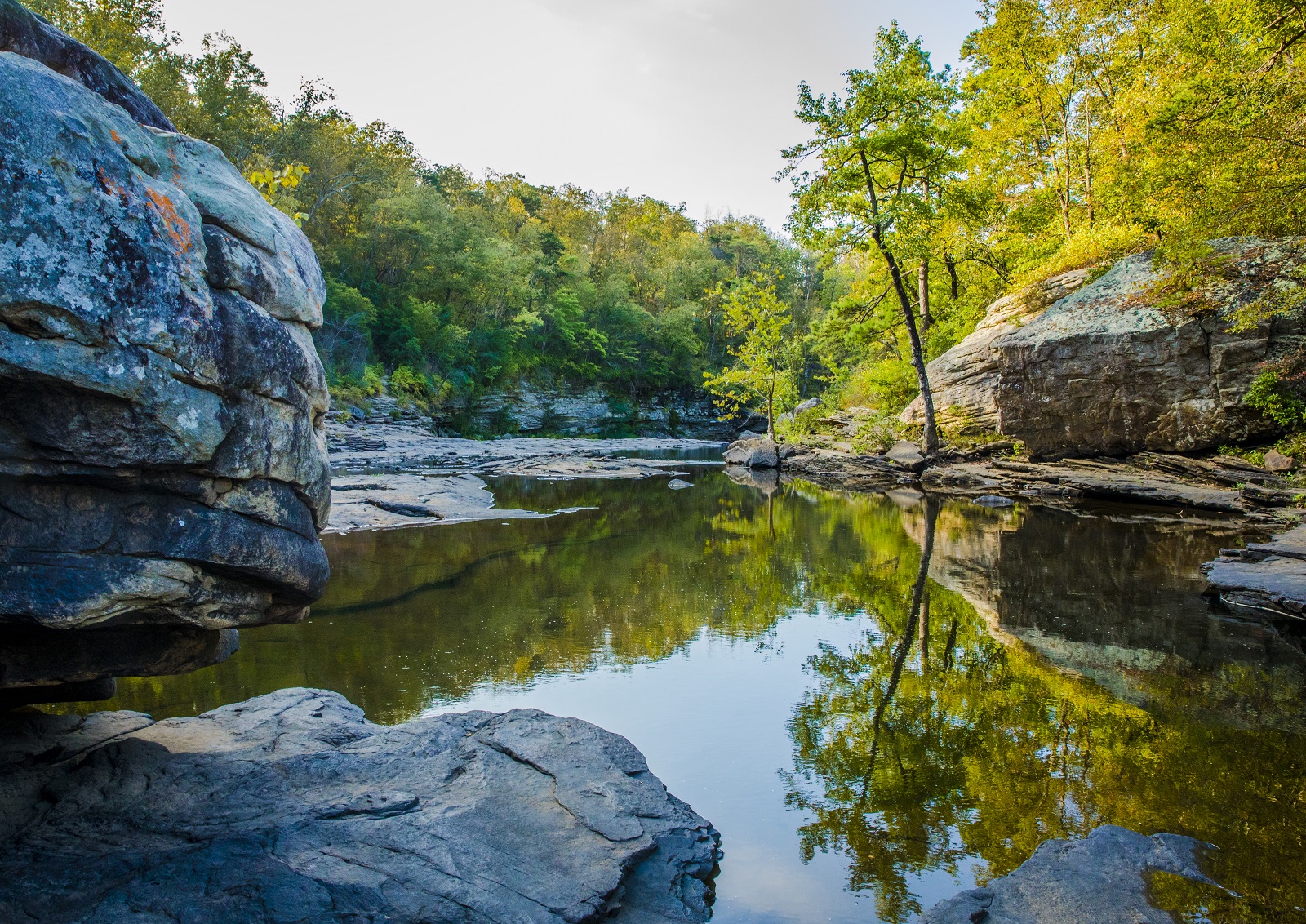While the conservation of land may seem primarily focused on elements such as forests, wildlife and waterways, it's not just nature that wins when land is protected. Conservation can and should include people, since protecting our natural environment is in everyone's best interest.
With people in mind, conservation is a valuable tool to protect the benefits that nature provides to societies and economies across the Southeast, and across the world.
Conservation expands access to outdoor recreation which contributes $460 billion to the U.S. economy. Here in the tri-state region, outdoor recreation expenditures amount to $5,890 per person each year.
Beyond parks and recreation, farmers and forest owners contribute to the economies and supply chains of food and fiber. The sustainable management of working landscapes is a critical pathway to conserving landscapes for future generations.
People who reside in communities with access to the outdoors benefit from increased physical activity, stronger mental wellbeing, decreased utility bills, protection from natural hazards and enhanced community pride.
Conservation provides transformative benefits for all people now and in the future because it saves key places that support public health and wild, outdoor experiences. It is a promise, crafted by people who love this land today, to the people who will inherit this land tomorrow.
Through consensus-building and collaboration, people are integral to progress in this field. Partnerships help to build momentum and scale the effort regionally, even nationally.
At the regional level, the Cradle of Southern Appalachia conservation blueprint designed by Thrive Regional Partnership's Natural Treasures Alliance precisely pinpoints the areas in highest need of conservation that supports the people of the tri-state. The goals set forth by the collaborative initiative strive for 30% of the region to be conserved.
Similarly, the America the Beautiful plan released by the U.S. government earlier this year puts forth a bold goal to protect 30% of the nation's land.
Both plans, at the regional and national level, acknowledge the power of locally-led, people-centered efforts, and the potential of all sectors to move this work forward in the coming decade.
Working with people to conserve places for people, Thrive continues to collaborate with its partners in the Natural Treasures Alliance across the tri-state region to track land cover trends and conservation progress.
As 2021 comes to a close, there's no better time to celebrate the incremental progress made toward the conservation of beautiful landscapes that the people of the tri-state region cherish.
Newly conserved areas in 2021
Fiery Gizzard (March 2021)
220 acres | Marion County, Tennessee
Project Partners: TennGreen Land Conservancy, The Conservation Fund, Open Space Institute and Tennessee Department of Environment and Conservation
Earlier this year, several partners aligned to expand the famous Fiery Gizzard Trail in Southeast Tennessee. This property contains pristine forest essential for wildlife habitat, as well as an immersive recreation experience. The acquisition strengthens habitat connections and enhances the experience at adjacent popular destinations in the South Cumberland State Park such as Denny Cove and Foster Falls.
Woodcock Cove (April 2021)
64 acres | Sequatchie County, Tennessee
Project Partners: Southeastern Climbers Coalition, The Access Fund and The Riverview Foundation
Woodcock Cove is located on the ancestral land of the Eastern Cherokee in Sequatchie County near Dunlap, Tennessee. This exciting new climbing preserve features a mile of sandstone cliff line and a freestanding sandstone tower with routes on all sides. While not fully open to the public yet, you can check out Woodcock Cove by signing up for a trail day at www.seclimbers.org.
Soak Creek Farm (July 2021)
2,000 acres | Bledsoe and Rhea County, Tennessee
Project Partners: TennGreen Land Conservancy, George Lindemann, National Fish & Wildlife Foundation, Tennessee Division of Forestry, Austin Peay State University, Panther Creek Forestry and the Southeastern Grasslands Initiative
The significant acquisition of Soak Creek Farm spanning Bledsoe and Rhea County in Tennessee is especially notable because of its proximity to the Cumberland Trail. The conservation and restoration of this land and its ecosystems will greatly enhance the wilderness experience of the trail.
Edwards Point, Signal Mountain Road, and Aetna Mountain (September 2021)
281 acres | Hamilton County, Tennessee
Project Partners: Tennessee River Gorge Trust
This acquisition protects the iconic views from Signal Mountain, while also expanding access to hiking trails, campsites and climbing opportunities in the Tennessee River Gorge. Land protected by the Tennessee River Gorge Trust is also valuable for research projects on wildlife migration and carbon offset potential.
Little River West Fork Tract
157 acres | Dekalb County, Alabama
Project Partners: The Alabama Department of Conservation and Natural Resources
This acquisition adds more than 1,000 feet of frontage along the Little River, expanding public access and recreation opportunities. This conservation effort will protect critical wildlife habitat and forest ecosystems, and contribute to the wilderness experience of popular recreation destinations like DeSoto State Park and nearby Little River Canyon National Preserve.
